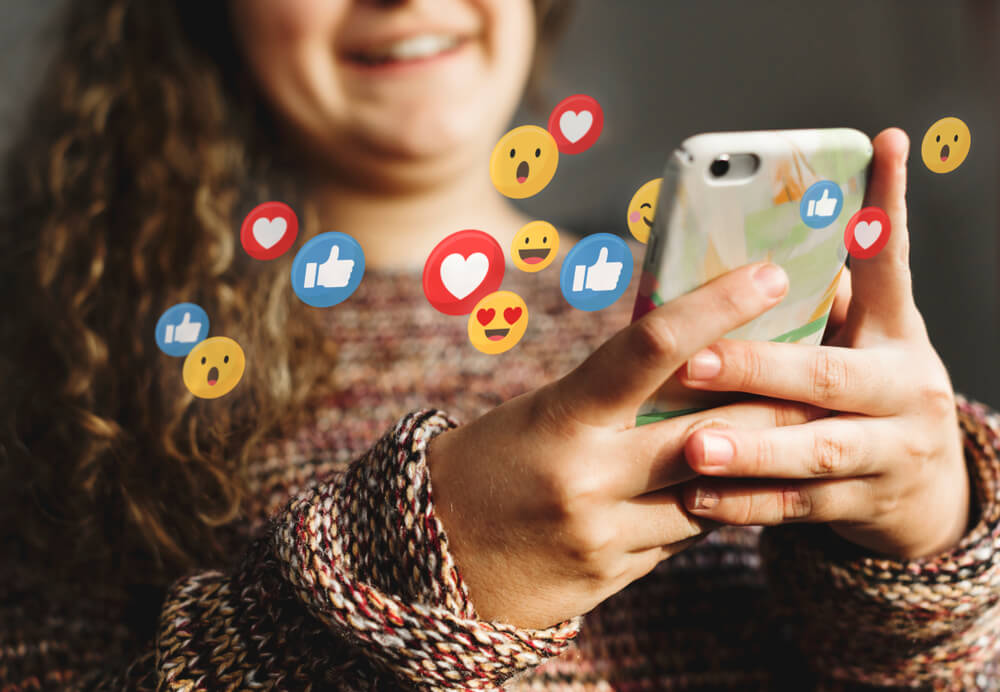The truth about coronavirus: myths vs reality
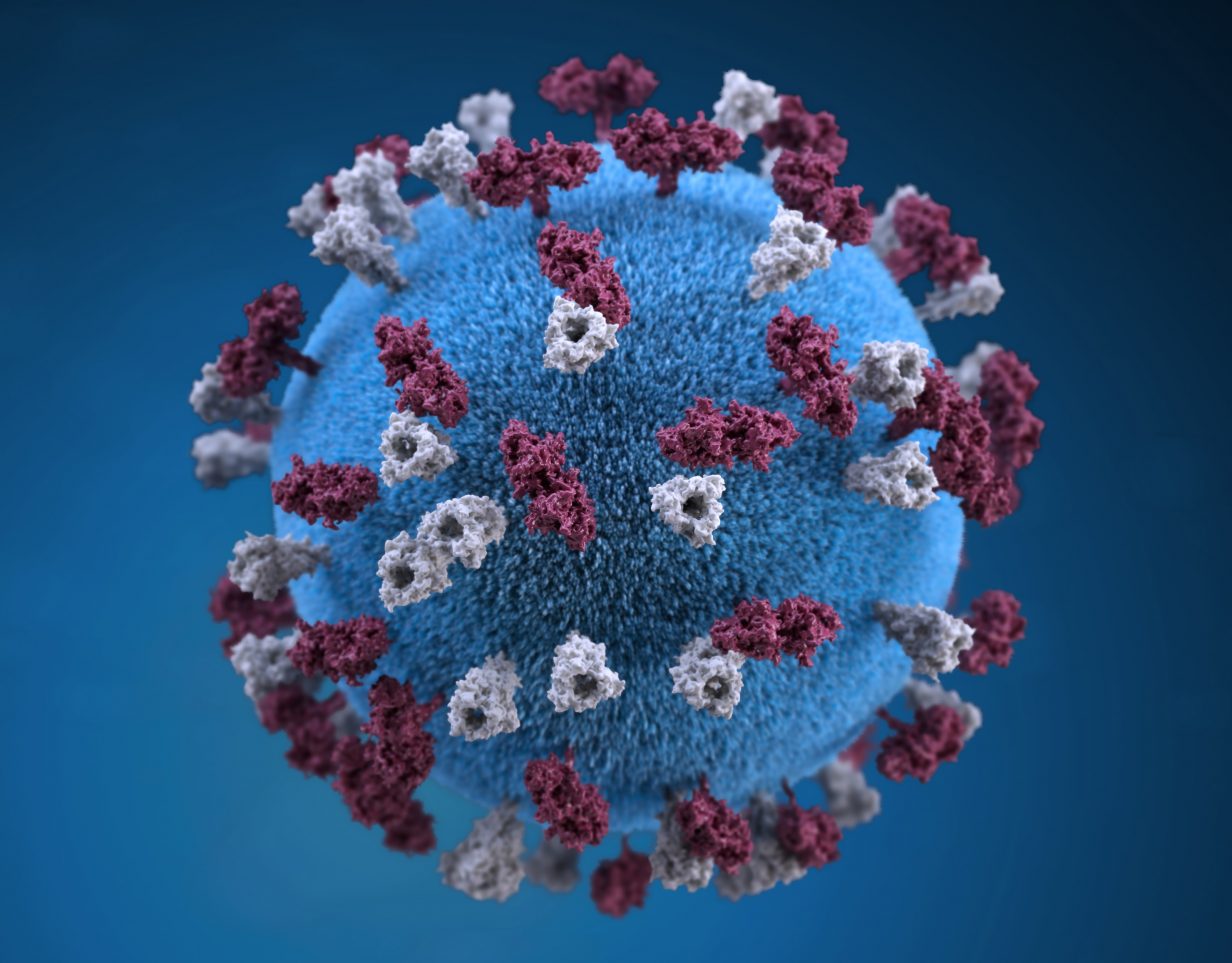
As of now, the coronavirus has claimed more than 1500 lives. There are 67000 confirmed cases worldwide, with experts arguing that these numbers fail to represent the actual total, assumed to be much bigger.
How do you stay safe amidst the crisis? Should you still collect your AliExpress packages, or relievedly wave them goodbye as they are flown back to the sneezing and coughing PRC? It is said that dogs and cats can transmit coronavirus, so should you equip your beloved pet with a medical mask just to be on the safe side? This article deals with these questions, among many other popular ones, and aims to debunk the most persistent and nonsensical myths surrounding the notorious virus.
Contents:
- Myth one. Coronavirus is a biological weapon
- Myth two. You can contract the virus via a package from China
- Myth three. Coronavirus is easy to diagnose
- Myth four. Coronavirus is especially dangerous for children
- Myth five. You can catch coronavirus from pet cats and dogs
- Myth six. You can get inoculated against coronavirus
- Сonclusions and prevention
Myth one. Coronavirus is a biological weapon
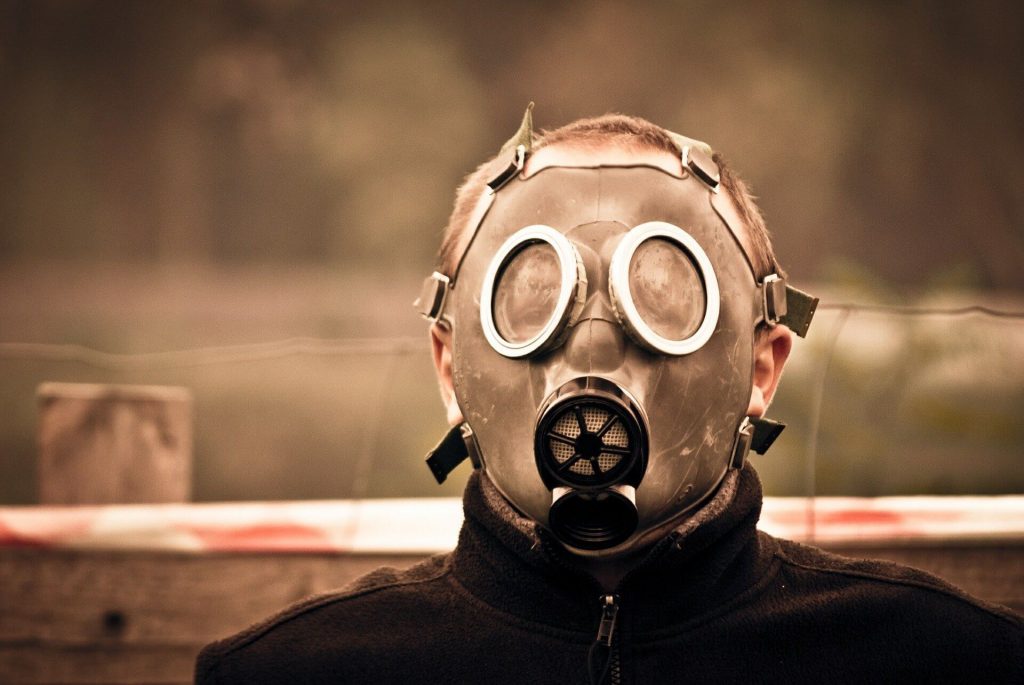
Prostock-studio/Shutterstock.com
As of February 2020, an upwards of 40 different types of coronaviruses have been identified and described. The word «corona» is not just a figure of speech – this term was coined because of the little spine-like protrusions that encircle the core of the virus. This biological contraption is what allows the virus to penetrate the healthy cells.
The year 1965 saw the first cases of coronavirus in humans – it was detected in a number of ARVI patients, but promptly left the public’s sight. In 2002, the virus had a major resurgence in China in the form of SARS-CoV, a virulent disease that caused atypical pneumonia. Out of 8000 people that had been diagnosed with the virus, almost 10% died. Mass media and the internet gave SARS a fair bit of spotlight and it dominated the headlines for a brief spell – however, as soon as the outbreak had been contained, the discussion trailed off rather quickly.

Prostock-studio/Shutterstock.com
Fast-forward 10 years, and there is another scary corona-type disease knocking on the door – this time, it’s called MERS-CoV or Middle East respiratory syndrome. It originated in Saudi Arabia and had 183 confirmed cases and a fatality rate of almost 20%.
Now we have 2019-nCoV – a disease that has a fatality rate of 2%, with elderly people accounting for most fatal cases. A rather lackluster result for something claimed to be a deadly biological weapon.
According to the data provided by the World Health Organization, every year at least 400 million people are infected with influenza, out of which 3-5 million will end up developing serious complications and 290-650 thousand will die. This means that, in raw numbers, the common flu absolutely eclipses the coronavirus, provoking reasonable skepticism as to the 2019-nCoV’s malicious manmade origins.
Myth two. You can contract the virus via a package from China

Prostock-studio/Shutterstock.com
Let us give you the lowdown on the coronavirus.
Structurally, it’s almost identical to other viruses, except for its spiky outer layer. This layer consists of S protein, which is a special type of protein that enables the virus to force its way into healthy cells. Coronavirus dwells in the bodies of humans and animals and is spread via airborne transmission, contact transmission, and fecal-oral transmission.
Coronavirus can also survive outside of organisms – for instance, if a virus carrier sneezes, the virus cells in the drops of mucus will remain active for 8-10 hours.
Let us imagine the following situation: you order a pair of socks, mobile phone or any other item from AliExpress. Sick uncle Lao from Wuhan packages it, managing to deliver a terrifyingly precise virus-packed sneeze squarely into the package just before sealing it hermetically. Even in such unlikely circumstances, the virus will survive for a maximum of two days – to carry on any further, it will need temperatures bordering on -70 degrees Celsius, which simply does not happen outside of lab conditions.
Packages ordered from China rarely take less than two weeks to arrive, which makes the odds of the virus riding out the journey almost non-existent. If you were lucky to receive a blazing fast package, you can wait for a couple of days to make sure the virus will die down – on the off chance that it’s actually there.
The World Health Organization suggests that the concerns about «virus-laden packages» are completely unfounded and encourages to refrain from any preventative measures altogether:

Prostock-studio/Shutterstock.com
This is why all packages from China go through the customs hassle-free, Chinese-based sock factories continue to operate and Telegram channels that post hot AliExpress deals thrive as usual. There are no postal barriers between China and the rest of the world, and no reason to enforce them.
Myth three. Coronavirus is easy to diagnose
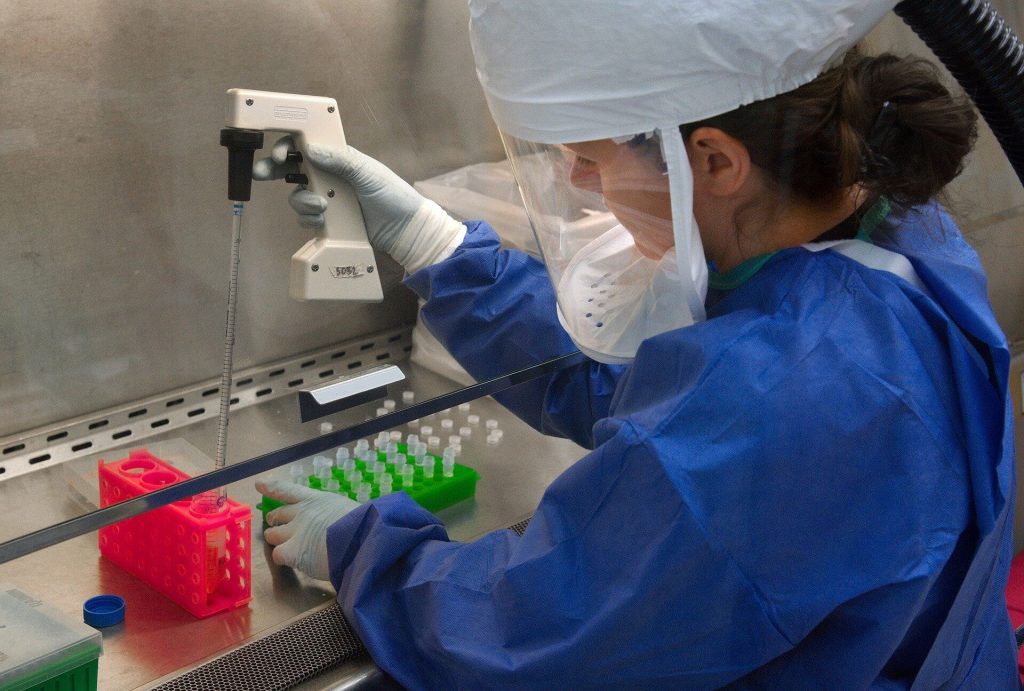
Prostock-studio/Shutterstock.com
Unfortunately, it’s unreasonable to expect doctors to immediately identify the coronavirus – because it manifests in much the same way as any other respiratory viral infection, it’s never a straightforward open-and-shut case. The most common symptoms of coronavirus (shared with other ARVIs) are:
- an elevated body temperature;
- a dry cough.
Other symptoms, such as shortness of breath, fatigue, and diarrhea, appear in less than half of the cases.
Therefore, the only reliable way to diagnose a patient with coronavirus that does not involve laboratory testing is to understand whether they’ve been in contact with a confirmed carrier. For example, the official NHS guidelines list the following signs of a possible infection:
- a cough, high temperature and shortness of breath;
- a recent history of travels to Wuhan or Hubei Province;
- close contact with someone suspected of having coronavirus;
- close contact with someone with confirmed coronavirus.

Prostock-studio/Shutterstock.com
All these signs are relevant only for a period of 14 days, which is the incubation period of the virus. If you had returned from Wuhan a month ago and have not exhibited any symptoms since — you can rest assured that you are healthy.
The bottom line is: do not jump to scary conclusions if you happen to cough or sneeze. At the end of the day, the main factor is the previous contact with infected people. The situation in China is exacerbated by a high population density, whereas in Europe, the UK and most regions of the USA, the density is significantly lower, which acts as an effective suppressing factor and helps keep the infection in check.
The only current way to officially confirm the virus is a polymerase chain reaction test for 2019-nCoV RNA strains. The main prophylactic measure is quarantine – however, there is no need to be overzealous and lock yourself up for months on end if you think you might be sick. Because the incubation period only lasts for 14 days, it’s perfectly safe to assume you are virus-free if you have not experienced any symptoms for two weeks.
Myth four. Coronavirus is especially dangerous for children
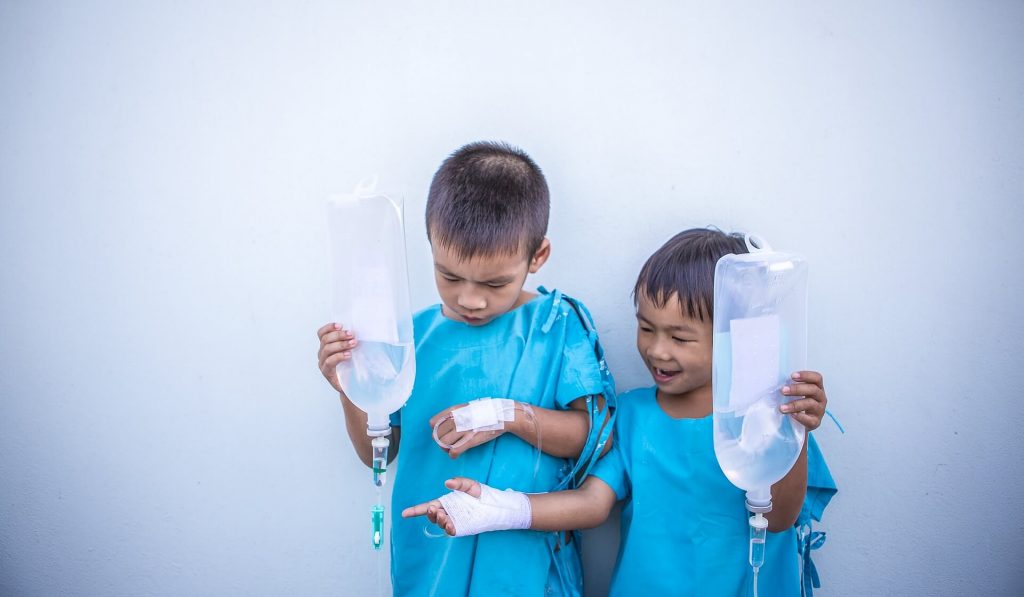
Prostock-studio/Shutterstock.com
It stands to reason that children are generally more susceptible to viruses than young adults. Their immune systems are not yet fully developed and their organisms are less fortified against harmful external agents as compared to men and women in their mid-twenties.
However, let’s face the facts: statistics that testify to children being more prone to catching respiratory diseases contain inherent bias. This bias occurs because of the fact that we parents love and treasure our children and, naturally, tend to be extra protective when we hear them sneeze, cough or otherwise manifest their unwellness. As soon as the child drops a teeny achoo, they are usually entombed in seven layers of clothing, bombarded with chicken soup and promptly driven to a doctor.
Now, when we feel off, this is another story entirely. Even if we wake up in the morning with a thunderous cough, completely blocked nostrils, and a hoarse, ogre-like voice, we still often choose to go to work instead of the hospital just because days off take a financial toll and interfere with our routine. More forgiving conditions get dismissed without a second thought – there’s no time to sit in a hospital queue when there is paperwork to be done, bills to be paid and lights to be kept on. Because our work and responsibilities often take precedence over health, diseases in adults get documented more rarely than diseases in children, skewing the statistics considerably.
But even if we assume that children do catch illnesses much more frequently, do they die more often from diseases such as flu or pneumonia? The answer is no, even though the World Health Organization does mention respiratory infection as one of the leading causes of child mortality.
 |
Install the app FindmykidsIncrease your child’s safety at such an alarming time |
|
 |
 |
|
⠀
The infection is not potent enough to drive a healthy child to their death. It mainly preys on the elderly, who are at risk because of the many chronic diseases accumulated over a lifetime. This does not mean that children do not get ill – they do, but they are much less likely to die from ARVIs in general and coronaviruses in particular than seniors. This is further proven by the current mortality statistics for 2019-nCoV, which shows that 80% of casualties are among people older than 60.
Myth five. You can catch coronavirus from pet cats and dogs

Prostock-studio/Shutterstock.com
It is true that epidemiologists suspect bats or snakes to be the originators of the coronavirus – the current working theory is that it first developed in people who had chosen to dine on some raw snake or bat meat.
It is also true that coronavirus can reside in the organisms of any animals, pets included. They can contract the virus by eating infected animals and their feces (dogs are notorious for often falling victim to the culinary temptation of the latter) as well as through other channels such as contact transmission and airborne transmission.
What conditions need to be met in order for a pet cat, dog, guinea pig or snake to catch coronavirus? First and foremost, contact with active virus cells. Is it probable or, indeed, even possible? Yes, it’s possible in much the same way as a lightning bolt hitting the same person twice or a coin landing on its edge, but not very probable at all. What are the odds of your dog encountering an infected puppy from Wuhan or Hubei while on a walk?
It’s much easier for people to run into carriers than for our pets, which is why there’s no pressing urge for your sweet little Charlies and Maxes to visit a vet unless you have a strong reason to suspect there has been a contact.
Myth six. You can get inoculated against coronavirus

Prostock-studio/Shutterstock.com
There is an established practice of vaccination against flu. Unfortunately, the flu virus develops mutations every year, so microbiologists always find themselves playing catch-up. This is why the flu vaccine is not a completely infallible solution and some people do end up getting infected, but for the overwhelming majority, the inoculation works just fine – provided that it’s targeted at the right infectious agent.
However, with coronaviruses, vaccines are known to be less effective, and a prior recovery from infection does not reliably result in immunity to it.
Zhan Qingyuan, director of pneumonia prevention and treatment at the China-Japan Friendship Hospital, says that even people who have recovered from coronavirus still remain vulnerable to reinfection. «For those patients who have been cured, there is a likelihood of a relapse», he said in a briefing. «The antibody will be generated; however, in certain individuals, the antibody cannot last that long».
Сonclusions and prevention

Prostock-studio/Shutterstock.com
Mass media and the internet tend to paint the devil much blacker than he actually is. Don’t go looking for snakes in the grass where there are none – collect your AliExpress packages with an easy mind and do not isolate your beloved pets.
It’s wise, however, to adopt some habits that can help you combat respiratory infections, including the much-feared 2019-nCoV virus. Here is a brief list of useful preventative measures:
- try to limit the time you spend in confined public spaces such as public transport, malls, and movie theaters;
- do not interact with sick people;
- wear a medical mask and try to change it every three hours;
- thoroughly wash your hands after coming home from the street, gargle with salt water or a soda solution;
- frequently wash your outerwear;
- use disposable handkerchiefs;
- air your apartment and do a wet cleaning 2 times a week;
- strengthen your immunity, eat healthy food, incorporate physical exercises into your routine;
- visit your GP if you experience ARVI symptoms.

Prostock-studio/Shutterstock.com
You can further protect your health and increase your immunity by following some general lifestyle advice:
- Stick to a balanced diet, eat plenty of fresh fruits and vegetables, including cranberries, bilberries, sweet briar, aloe, and citruses;
- exercise, try to stay in shape;
- get at least 7-8 hours of high-quality sleep;
- learn to shrug problems off – build up your stress resistance;
- try not to expose yourself to cold, especially your legs;
- do not attempt to cure yourself on your own;
- address chronic diseases immediately, do not sweep them under the rug;
- quit smoking and do not overindulge in drinking.
Do not fall for myths and stay healthy!
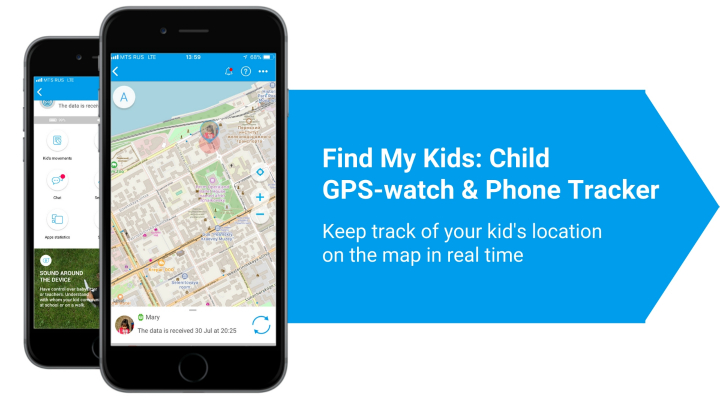
Prostock-studio/Shutterstock.com
Проверьте электронный ящик

















